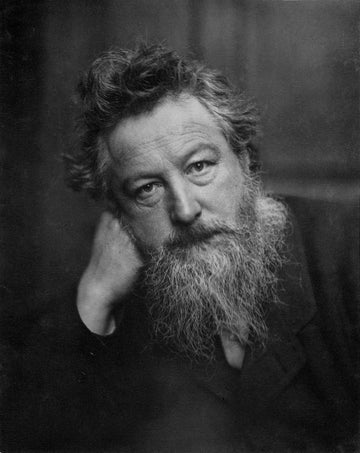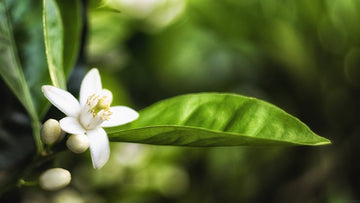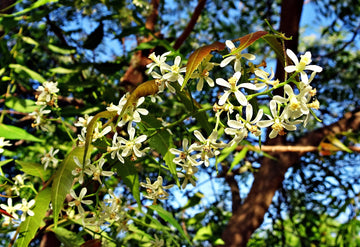William Morris
William Morris (1834-1896) was a British textile designer, poet, novelist, translator and socialist activist who not only dramatically influenced the fashion, ideologies and taste of the Victorian era, but also became one of the most significant figures in the arts and crafts movement. At Simply Drawer Liners and The Master Herbalist, we have been inspired hugely by William Morris and his artwork, as demonstrated through our Willow and Pinks and Roses designs seen both on our drawer liners and wardrobe fresheners.
A Brief History
William Morris was born in 1834 in London, England. He was the second of four children born to Jane and William Morris Sr. His father was a successful businessman, and Morris was raised in a comfortable middle-class home.
From an early age, Morris showed a talent for art and design. He began to study decorative arts while he was still in school, and in 1853 he enrolled in the Royal Academy of Art. There, he studied under some of the most famous artists of the time, including Sir Joshua Reynolds and Dante Gabriel Rossetti.
In 1855, Morris married his first wife, Mary Taylor. The couple had two children together before divorcing in 1858. A few years later, in 1861, Morris married his second wife, Jane Burden. The two went on to have four children together.
Throughout the 1860s, Morris continued to develop his skills as an artist and designer. He founded a printing company called Morris, Marshall, Faulkner & Company, and began producing wallpaper, textiles and furniture that featured his distinctive designs. In addition, he also began writing poetry and novels, and translating classical texts into English.
By the 1870s, Morris had become one of the most well-known artists in Britain. He was also becoming increasingly involved in political activism, joining the socialist movement and advocating for reform of society. In 1895, he was elected to Parliament as a representative of the Socialist League party.
Morris passed away in 1896 at the age of 62. However, even today his work remains highly influential, both within the art world and beyond.
Willow

Pictured above is our own pattern (seen on both our drawer liners and wardrobe fresheners), inspired by Morris’ the ‘Willow Bough’ design. The inspiration behind ’Willow Bough’ were the trees Morris would see on his country walks and it soon became one of his favourite designs, using it frequently for his wallpaper and textiles. Morris developed a love for the natural world that began to feed into his work, with many of his other wallpaper designs also based on plant forms that he studied himself.
With nature being a huge inspiration for us here at Simply Drawer Liners and The Master Herbalist, we personally love the elegance and beautifully natural feeling of this design. As said by William Morris himself, the ideal pattern will have “unmistakable suggestions of gardens and fields” and we hope to evoke the same in many of our own patterns.
Pinks and Roses

'Pink and Rose' is a later design of Morris' and with it, he wanted to encapsulate beauty, imagination and order whilst sticking to his usual motif of nature.
The Pinks and Roses Pattern is a perfect example of Morris' focus on romance, and it will add a touch of elegance to your home.
The design was first created in 1873 for a fabric swatch, and it has since been popularised by its use on many different types of products, from our scented drawer liners and wardrobe fresheners to home fabrics and more
Shop our collection of Drawer Liners and Wardrobe Fresheners with William Morris designs here.
Resources:
https://en.wikipedia.org/wiki/William_Morris
https://www.vam.ac.uk/articles/introducing-william-morris
https://williammorrissociety.org/about-william-morris/
https://www.britannica.com/biography/William-Morris-British-artist-and-author
https://morrisandco.sandersondesigngroup.com/





